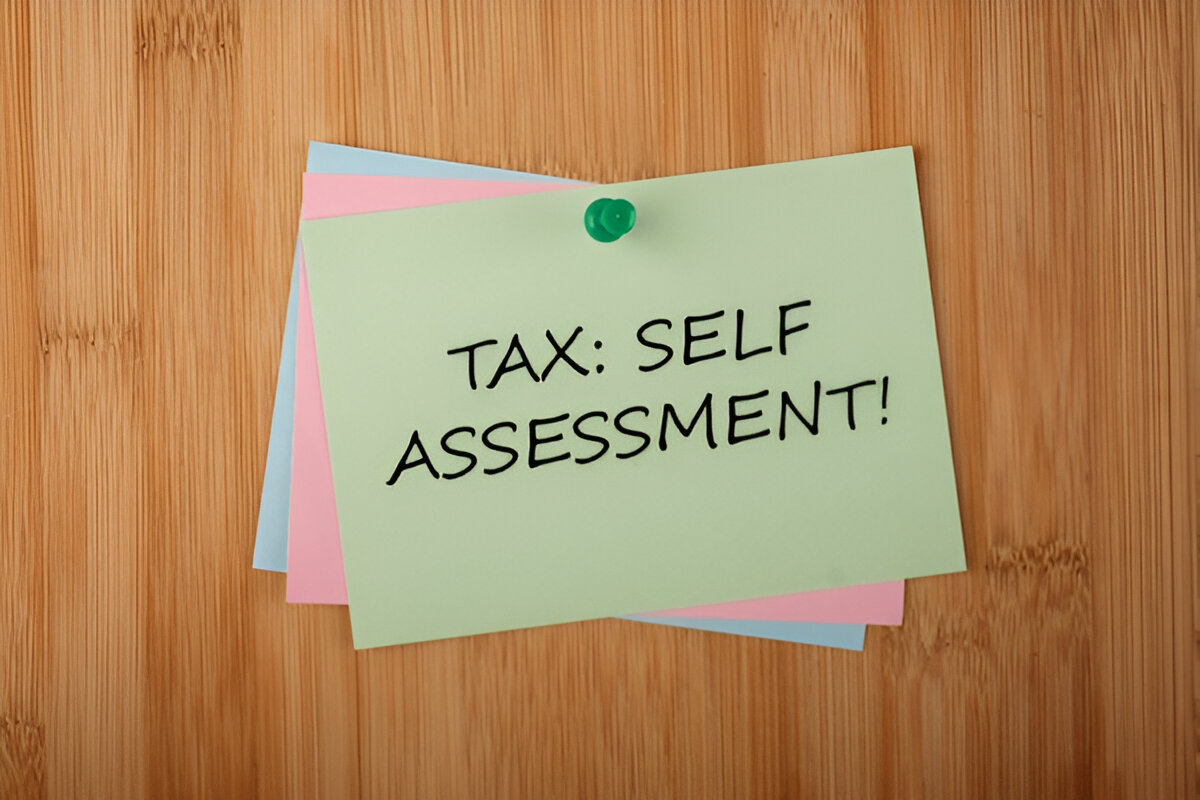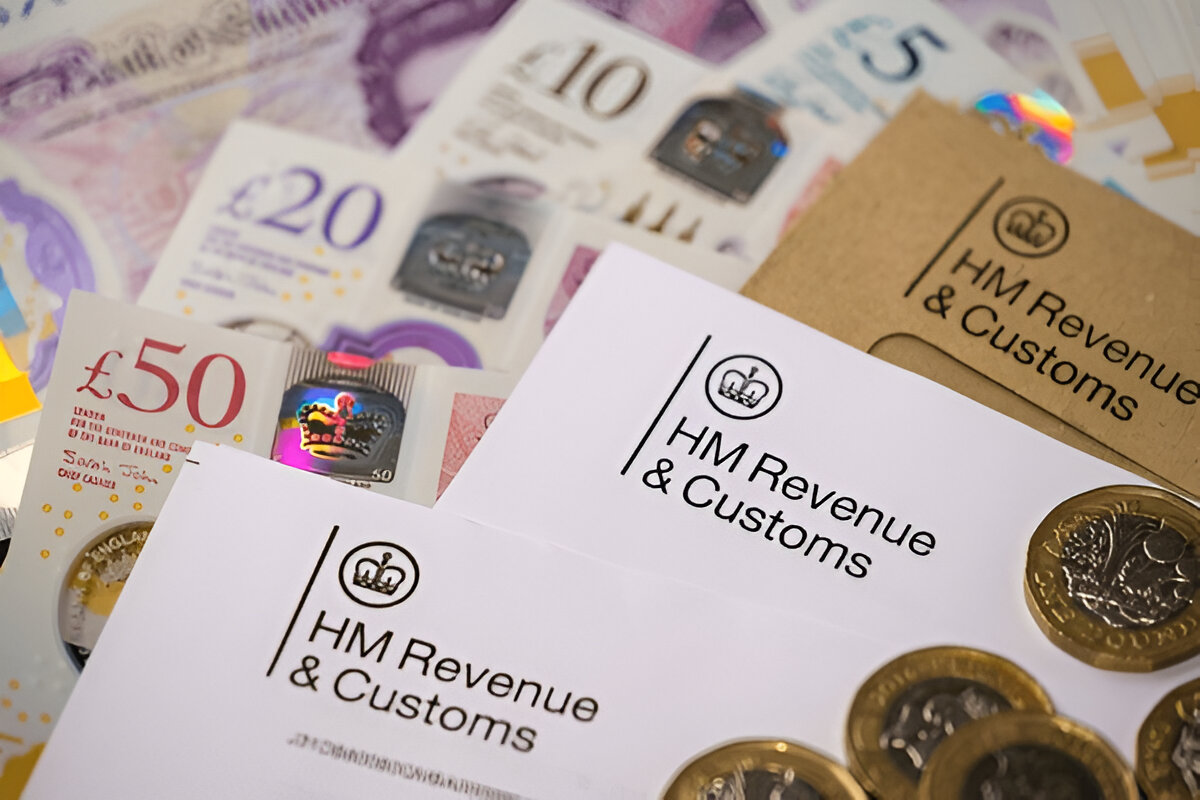
What do you do if you are new to completing self-assessment tax returns?
Are you new to running your own business as a sole trader or self-employed individual? That means you’re now earning income from your work, and with that comes some important tax responsibilities. Two key questions you need to understand are: Are you paying National Insurance? And are you paying Income Tax?
Let’s be clear: if you’re self-employed, you’ll need to complete a self-assessment tax return every year. Keep reading—we’ll guide you through everything you need to know about the self-assessment process.
What is Tax Self-Assessment?
Self-assessment is the system used to pay your income tax, especially if you’re a sole trader or self-employed. You’ll need to complete a tax return to declare your income, and then pay any tax you owe to the government. The self-assessment tax year runs from April 6th of one year to April 5th of the following year.
New to Self-Assessment? Here’s How to Complete Your Tax Return
Feeling nervous about completing your self-assessment tax return? You’re not alone—many people aren’t sure where to begin.
A helpful starting point is the free tool available on the GOV.UK website. By answering a few simple questions will tell you whether you need to file a tax return this year.
If you sell products, goods, or services through a digital marketplace, it’s important to check the information provided by HMRC. Their guidance will help you understand whether your online business counts as a trade and if you’re required to complete a self-assessment tax return.
What Is the Process of Completing a Tax Return?
Each year, you need to complete a tax return for the financial year running from April 6th of one year to April 5th of the next. If you’re required to file a return, you must register for self-assessment by October 5th.
Once registered, you’ll receive a Unique Taxpayer Reference (UTR) number—a ten-digit code used to identify your self-assessment record. You can access your UTR anytime via the HMRC website or app.
Filing your self-assessment online is the easiest and fastest way to complete your return. To do so, you’ll need your National Insurance number, UTR, and records of your earnings, income, and any other relevant financial information.
Deadline for Submitting Self-Assessment Tax Returns
The deadline to submit your self-assessment tax return is January 31st of the year following the end of the tax year. For example, the deadline for the 2024–25 tax year is January 31st, 2026.
It’s essential to meet this deadline. Missing it, whether accidentally or intentionally, can result in penalties—unless you have a valid reason, in which case, penalties might be waived. If you’ve paid more tax than you owe, HMRC will notify you and refund the excess after processing your return. You can also use the HMRC app to track your refund status.
What Information Do You Need to Include on Your Tax Return?
When completing your tax return, you’ll need to:
- Report all taxable income
- Declare any income already taxed, such as through PAYE (Pay As You Earn) on your National Insurance and Income Tax.
- List allowable expenses
- Include any pension contributions or charitable donations, which could reduce your tax bill.l
Keeping good records like invoices, bank statements, contracts, and receipts is vital to support your return and ensure accuracy.
What Happens If I Get My Tax Return Wrong?
If you’re unsure about how to complete your tax return or worry about making mistakes, there are plenty of resources to help:
- Watch explainer and how-to videos on YouTube
- Attend live webinars to get your questions answered—or watch recordings if you’re busy.
Use tools and resources available on the HMRC app, including the self-employed tax calculator and digital assistants.
Can Someone Else File My Self-Assessment for Me?
It’s best to file your self-assessment yourself, but if you’re too busy or uncertain, you can appoint a professional accountant, a friend, or a relative to file on your behalf.
If you do, make sure to inform HMRC that someone else will be submitting your return. Remember, you remain responsible for ensuring all information is accurate and that the return is filed on time.
Also, never share your HMRC login details with anyone else.
How Do I Pay the Tax I Owe?
The deadline to pay any tax owed through self-assessment is also January 31st, following the end of the tax year. You can pay using any method, including the HMRC app.
You can set up a Budget Payment Plan, allowing you to spread payments throughout the year to help with budgeting.
If you need more time, you might be eligible for a Time to Pay plan, letting you pay your tax in installments over a set period. This option is available if:
- You owe no more than £30,000
- You apply within 60 days of the payment deadline.
You don’t have any other outstanding tax debt.s
What About Next Year’s Self-Assessment?
You’ll need to file a self-assessment next year if you meet the criteria again. Use the tax return tool on the government website to check.
If your circumstances change and you believe you no longer need to file, inform HMRC promptly. You can also explore online videos that explain how to stop the self-assessment process.
If you receive a letter from HMRC but believe you don’t owe any tax or don’t need to file, don’t ignore it. Contact HMRC directly to clarify your situation and avoid potential penalties.
What Are the Rules for Self-Employed People Filing Self-Assessment Annually?
Make sure your registration with HMRC correctly states that you are self-employed. This applies whether you’ve been self-employed for years or have recently started.
If you have any more questions or need help with your self-assessment tax returns, feel free to contact us at Cangaf Ltd. We’re here to support you every step of the way.


